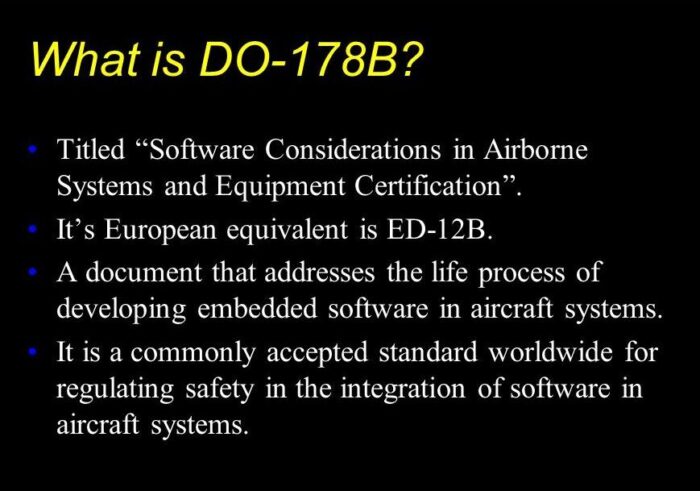In today’s aviation landscape, ensuring the safety and reliability of airborne systems is more critical than ever. This course, “DO-178C: Airborne Software Certification Standard – A Comprehensive Practical Guide,” provides an in-depth exploration of the DO-178C standard, the cornerstone of software certification in aerospace. You will learn about its historical evolution, core objectives, and the rigorous processes required to develop, verify, and certify flight-critical software. By understanding the fundamental principles that underpin DO-178C, you’ll be equipped to ensure that every line of code in an aircraft’s system meets the highest safety standards.
The course is designed to blend theory with practical application, offering real-world case studies, hands-on exercises, and self-assessment tools that address every stage of the software development life cycle—from planning and requirements management to design, implementation, and verification. You will also delve into essential topics such as Design Assurance Levels (DAL), formal specification and verification techniques, and the integration of advanced technology supplements (DO-331, DO-332, DO-333, DO-330) that address modern software engineering challenges. Additionally, the course covers critical aspects of software architecture, coding standards, and operating system considerations in the context of airborne systems.
Ideal for engineering students, software developers, quality assurance professionals, and regulatory policymakers, this course prepares you to navigate the complex regulatory landscape of aviation software certification. With a focus on practical, industry-relevant skills, you’ll gain the knowledge necessary to design, evaluate, and certify airborne software systems that are both robust and safe. Whether you are working on next-generation flight control systems or developing safety-critical avionics software, the insights and techniques provided in this course will be invaluable in advancing your career and contributing to the future of aerospace safety.
